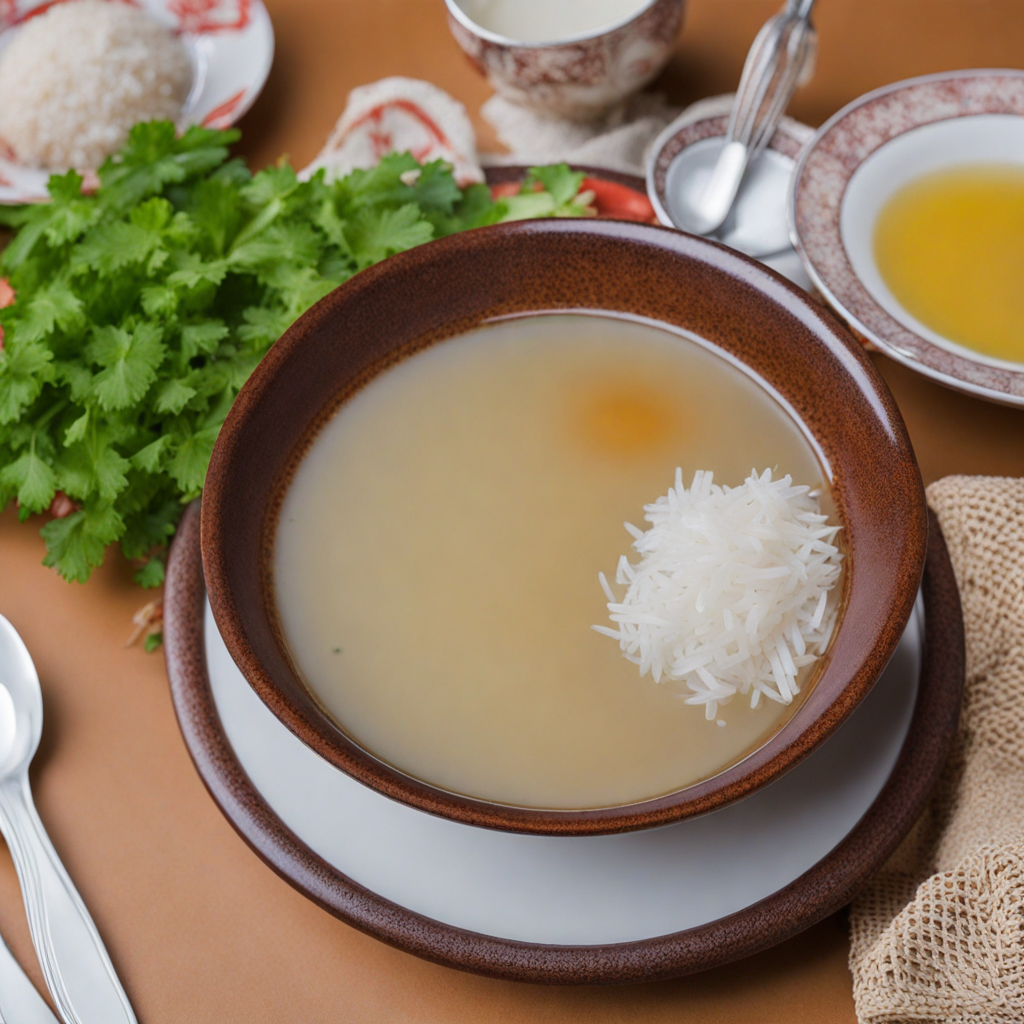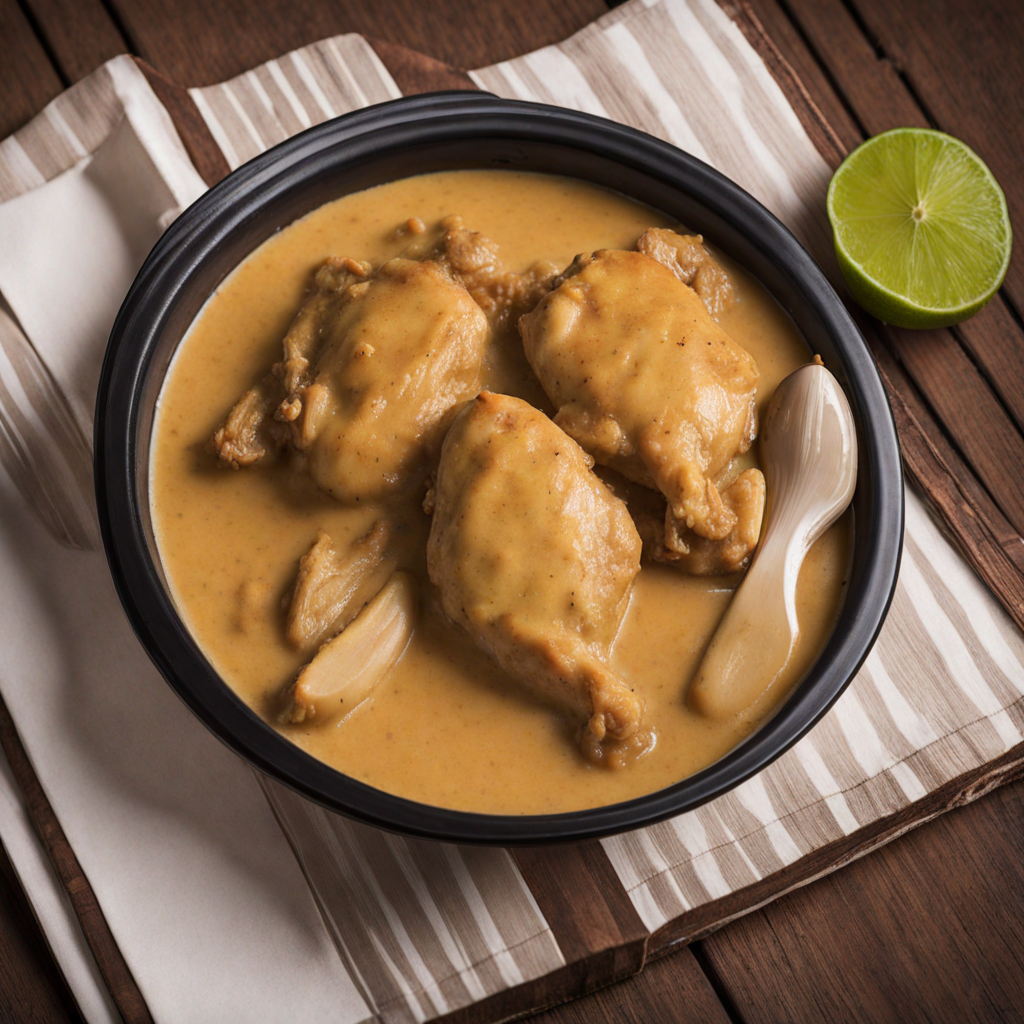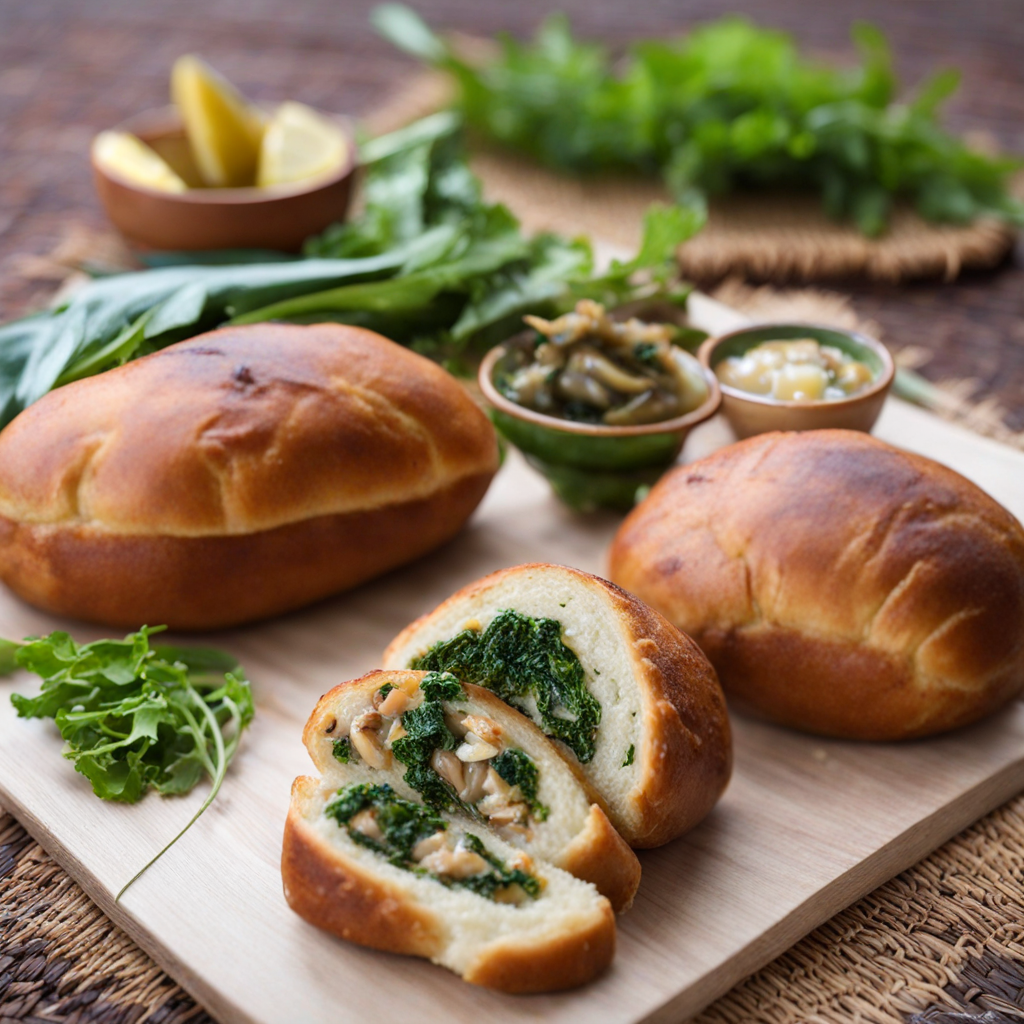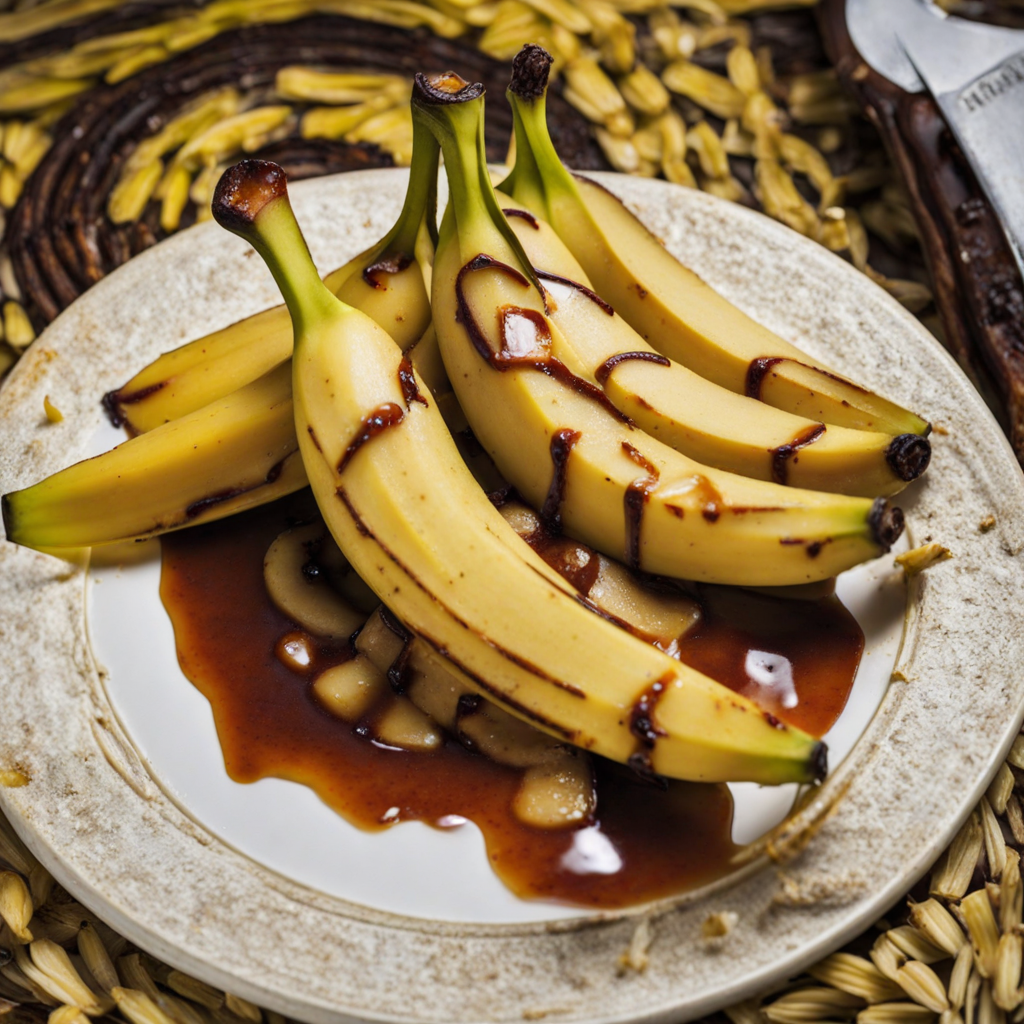Ron'Akoho
Ron'Akoho is a delightful culinary experience hailing from the vibrant island of Madagascar. This dish showcases the rich flavors of the island's unique ingredients, combining tender pieces of chicken marinated in a blend of local spices, garlic, and a hint of ginger. The marinade infuses the chicken with a savory depth, accentuated by the aromatic notes of fresh herbs native to Madagascar. The dish is typically slow-cooked, allowing the flavors to meld beautifully, resulting in a succulent and juicy chicken that melts in your mouth. Accompanying the chicken is a fragrant rice dish, often made with zebu meat, which is a staple in Madagascar's cuisine. The rice absorbs the savory juices from the Ron'Akoho, creating a harmonious pairing that elevates the overall taste experience. Additionally, the dish is often served with a side of spicy pickled vegetables, adding a refreshing crunch and a zesty contrast to the richness of the chicken. This combination not only tantalizes the taste buds but also offers a glimpse into the diverse agricultural bounty of Madagascar. What makes Ron'Akoho truly special is its ability to bring people together. Traditionally prepared for family gatherings and celebrations, this dish embodies the spirit of Malagasy hospitality. The vibrant colors and aromatic scents fill the air, inviting everyone to share in the feast. Each bite of Ron'Akoho is not just a taste of food but also a taste of Madagascar's culture, where the love for community and celebration is ever-present, making it a must-try for any adventurous foodie.
How It Became This Dish
The Story of Ron'Akoho: Madagascar's Culinary Treasure #### Origins Ron’Akoho, a traditional Malagasy dish, is a vibrant blend of flavors and history that reflects the diverse cultural tapestry of Madagascar. The name Ron’Akoho translates to "chicken soup" in Malagasy, with "ron" meaning soup and "akoho" meaning chicken. This dish is not merely a meal but a cultural emblem that has evolved through centuries, embodying the essence of Malagasy culinary practices. Madagascar, an island nation located off the southeastern coast of Africa, has a rich and varied history influenced by various ethnic groups and cultures. The island's early settlers, believed to be of Austronesian origin, arrived around 2000 years ago, bringing with them their culinary practices and ingredients. Subsequently, the island saw waves of migrations from Africa, the Middle East, and Europe, each contributing to the local gastronomy. The foundational elements of Ron’Akoho can be traced back to these early influences. Chicken is a staple protein in Malagasy cuisine, often raised in rural households. The practice of raising chickens is deeply rooted in the agricultural culture of Madagascar, where chickens are not only vital for sustenance but are also used in rituals and celebrations. #### Cultural Significance Ron’Akoho holds significant cultural importance in Madagascar. It is often served during special occasions, family gatherings, and celebrations. The preparation of this dish is a communal activity that brings families and communities together, reinforcing social bonds and shared traditions. The act of cooking Ron’Akoho is imbued with ritualistic significance; it is often prepared with care and attention, symbolizing hospitality and the warmth of Malagasy culture. The dish is traditionally made with various ingredients that reflect the local biodiversity. Fresh vegetables, herbs, and spices contribute to its unique flavor profile. Some common ingredients include garlic, ginger, onions, tomatoes, and local spices such as turmeric and pepper. The use of these ingredients not only enhances the taste but also showcases the agricultural richness of Madagascar. In many Malagasy households, Ron’Akoho is served with rice, the staple food of the island. The combination of the savory chicken soup with rice creates a comforting and fulfilling meal that resonates with the Malagasy identity. The dish’s versatility allows for regional variations, with some areas incorporating local vegetables or unique spices, making each preparation a reflection of its locality. #### Development Over Time The evolution of Ron’Akoho can be seen through its adaptation to changing times and influences. As Madagascar opened up to global trade and tourism, new ingredients and culinary techniques began to infiltrate the traditional cooking practices. The arrival of foreign culinary influences, particularly from the French during the colonial period, introduced new cooking methods and flavors, enriching the traditional preparation of Ron’Akoho. In the late 19th and early 20th centuries, when Madagascar was a French colony, the fusion of French cuisine with Malagasy dishes became prominent. While the core of Ron’Akoho remained intact, the introduction of French culinary techniques, such as sautéing and braising, influenced the way the dish was prepared. Additionally, the incorporation of ingredients like cream or wine in some modern adaptations reflects this culinary evolution. During the 20th century, the rise of urbanization and modernization in Madagascar led to changes in eating habits and food preparation. Traditional dishes, including Ron’Akoho, began to be adapted for quicker and more convenient cooking methods. Instant noodles and pre-packaged ingredients became popular, and while some of these changes were met with enthusiasm, they also raised concerns about the loss of traditional cooking practices. In recent years, however, there has been a resurgence of interest in traditional Malagasy cuisine, driven by a growing appreciation for local ingredients and culinary heritage. Chefs and home cooks alike have begun to revive traditional dishes, emphasizing the importance of cultural preservation. Ron’Akoho has found its place in this culinary revival, celebrated not just for its flavors but also as a symbol of Malagasy identity and resilience. #### Contemporary Significance Today, Ron’Akoho is enjoyed by many, both in Madagascar and among the diaspora. It has become a dish that bridges generations, connecting younger Malagasy with their heritage while also appealing to an international audience. In urban centers like Antananarivo, restaurants specializing in traditional Malagasy cuisine prominently feature Ron’Akoho on their menus, often showcasing the dish’s versatility and depth. Moreover, the dish has gained attention in culinary tourism. Visitors to Madagascar are drawn to the island's rich flavors and diverse culinary experiences. Cooking classes focusing on Ron’Akoho provide tourists with an opportunity to engage with local culture, learn about the significance of ingredients, and participate in the communal act of cooking. Social media has also played a role in revitalizing interest in Ron’Akoho. Platforms like Instagram and TikTok allow Malagasy cooks to share their recipes and cooking techniques, reaching a global audience. Food bloggers and influencers celebrate Ron’Akoho, highlighting its cultural significance and encouraging others to explore Malagasy cuisine. Conclusion Ron’Akoho is more than just a chicken soup; it is a vibrant expression of Madagascar's culinary heritage. Its origins are deeply rooted in the island’s diverse history, and it continues to evolve while maintaining its cultural significance. As Madagascar navigates the complexities of modernization and globalization, dishes like Ron’Akoho stand as a testament to the resilience of tradition. They remind us of the power of food in connecting us to our past, our culture, and each other. Through the simple act of sharing a bowl of Ron’Akoho, families and communities come together, celebrating not only their shared history but also their hopes for the future. In a world that often seems fragmented, the warmth of a traditional Malagasy meal serves as a comforting reminder of our shared humanity.
You may like
Discover local flavors from Madagascar







